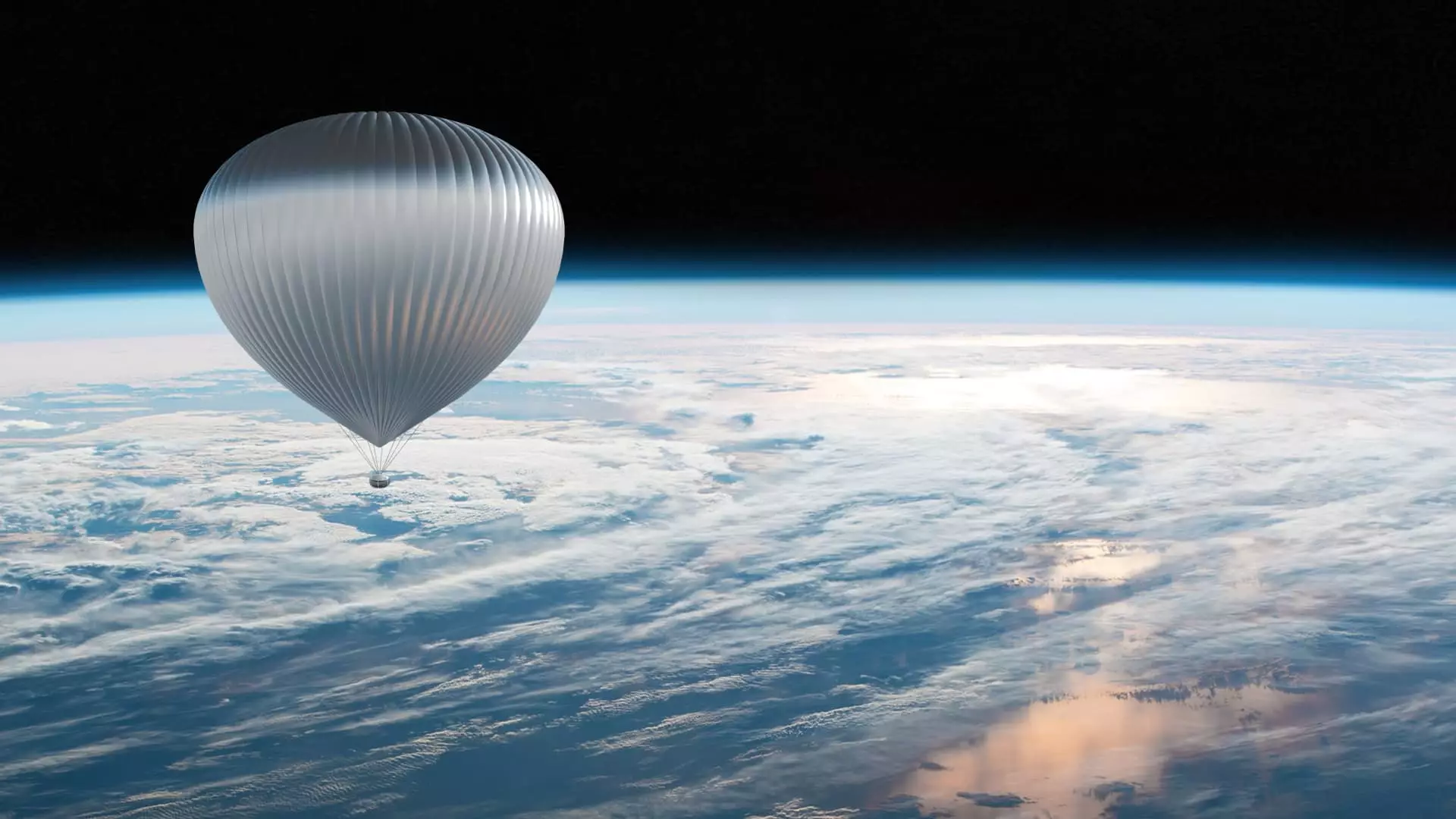In recent years, the landscape of space travel has evolved significantly, with numerous companies venturing into the realm of commercial space tourism. Giants like SpaceX, Blue Origin, and Virgin Galactic have made headlines for successfully transporting paying customers into space. However, a new wave of companies is now entering the scene, offering unique experiences for those looking to witness the Earth from a different perspective.
Three startups, France-based Zephalto, Florida-based Space Perspective, and Arizona-based World View, are revolutionizing the space tourism industry by using pressurized capsules and massive gas-filled balloons to transport tourists to the stratosphere. Unlike traditional rocket-powered space travel, these companies offer a more leisurely experience that is akin to being on an airplane, with passengers not experiencing weightlessness during the journey.
While the U.S. government defines space as starting at around 80 kilometers above the Earth’s surface, Jane Poynter, founder of Space Perspective, argues that there is no universal definition of space. She emphasizes that once their capsules reach over 98,000 feet, they are considered spaceships, providing passengers with a breathtaking view of the Earth and the vastness of space. The experience is enhanced by the fact that passengers are above 99% of the Earth’s atmosphere, allowing them to witness the deep blackness of the sky.
Despite the high price tags associated with these space tourism experiences, companies like World View, Space Perspective, and Zephalto are seeing strong interest from consumers. World View has already sold 1,250 tickets, while Space Perspective has sold 1,800. Zephalto, on the other hand, did not disclose ticket sales but mentioned that its initial flights were fully booked. Ticket prices range from $50,000 to $184,000 per seat, depending on the company and the experience offered.
While these companies are optimistic about the future of commercial space tourism, there are still challenges to overcome. Only Zephalto has conducted crewed tests so far, and none of the companies have reached their target altitude of about 15 miles above the Earth’s surface. However, with increasing consumer interest and technological advancements, the prospect of regular commercial space flights is becoming more tangible.
The landscape of space tourism is evolving rapidly, with new players introducing innovative ways to explore the final frontier. Whether it’s soaring to the stratosphere in a pressurized capsule or floating high above the Earth in a gas-filled balloon, the future of commercial space travel holds exciting possibilities for those looking to experience the wonders of space firsthand.


Leave a Reply